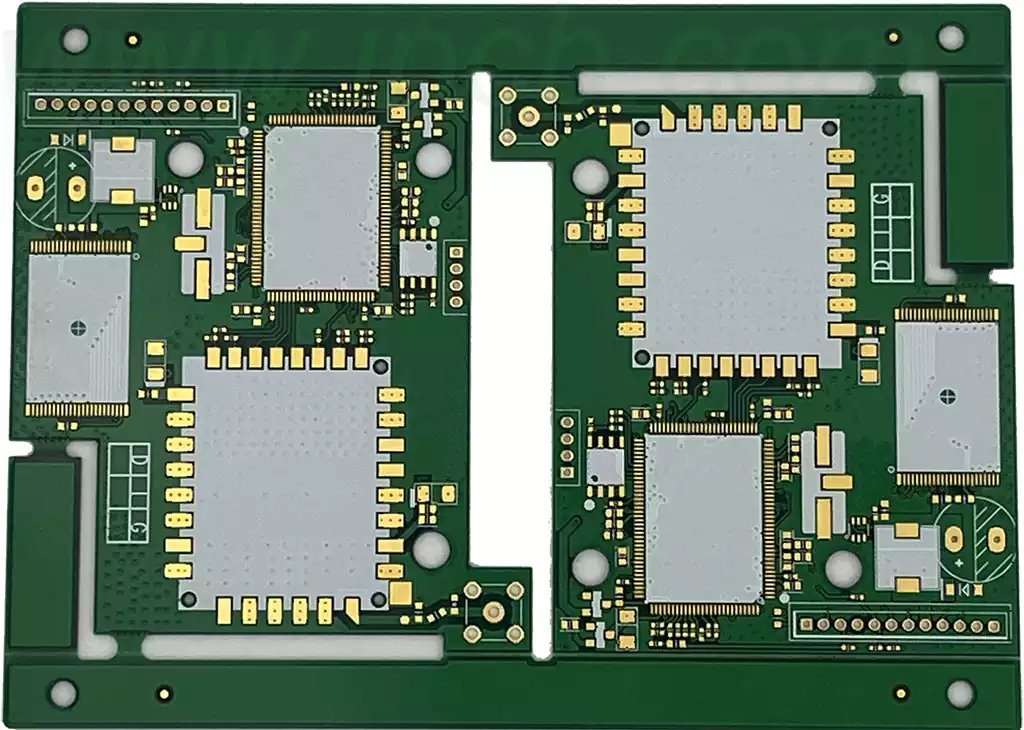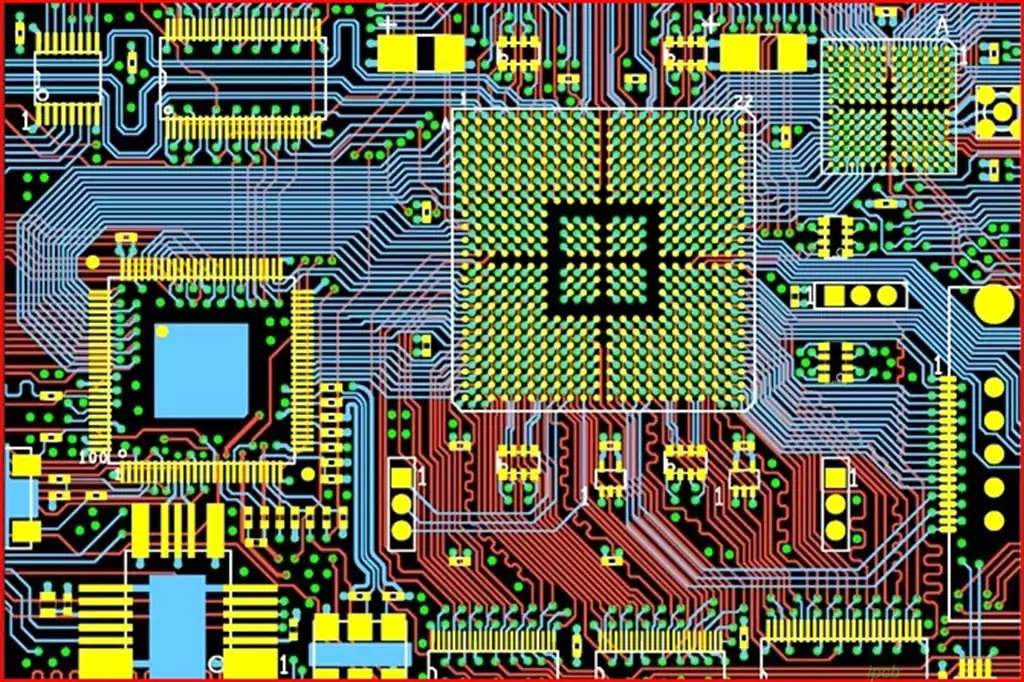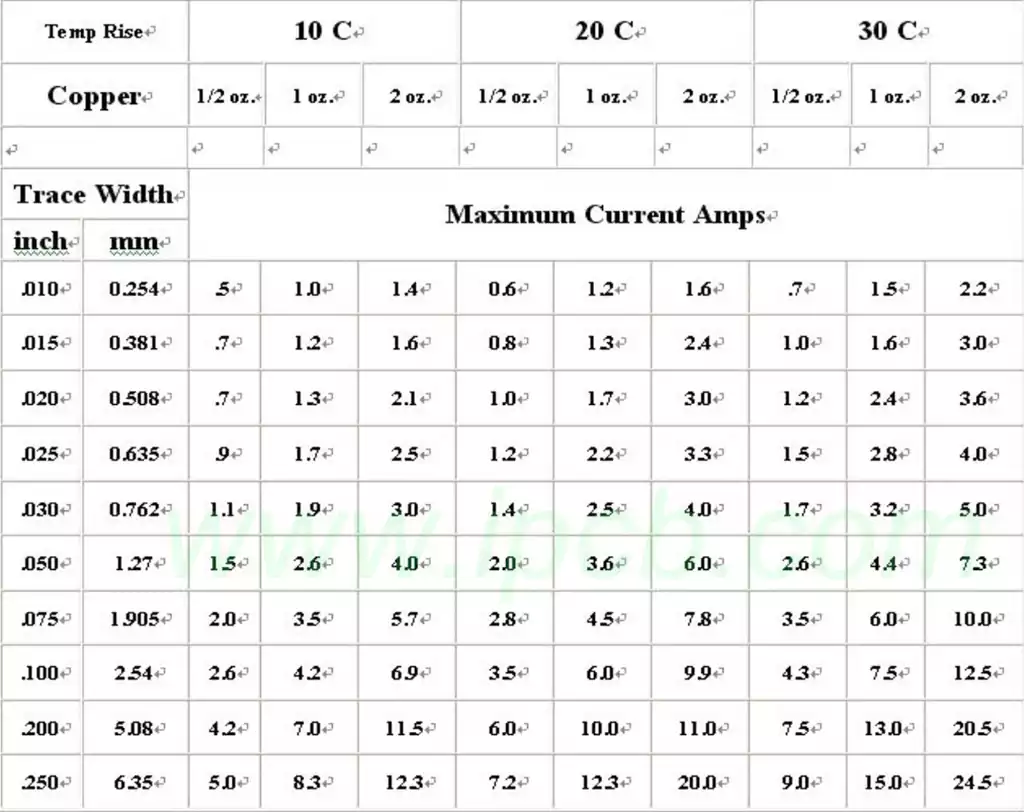Soldering tinning is an important industrial raw material for connecting electronic components in soldered circuits. It is a kind of solder with a low melting point, mainly referring to the solder made of tin-based alloy. The production method of soldering tin is to melt the ingot first, and then pressure processed into material. An important industrial process of connecting electronic components with tin in soldered circuits.
Solder is widely used in the electronics industry, appliance manufacturing, automotive manufacturing, maintenance and daily life.
Soldering materials are essential to the production and maintenance work of the electronics industry. Generally speaking, commonly used soldering materials include tin-lead alloy solder, plus antimony solder, plus cadmium solder, plus silver solder, plus copper solder.
The wire solder used in standard soldering operations is called rosin-cored solder wire or solder wire. Flux is added to the solder. This flux consists of rosin and a small amount of active agent.
The temperature setting during soldering operations is very important. The optimum temperature for soldering operations is +50 degrees at the melting point of the solder used. Depending on the size of the soldered part, the power and performance of the soldering iron, the type of solder and the wire type, it is advisable to add 100 degrees to the above temperature.
How to clean the hole blocked by solder
When we carry out soldering, sometimes the solder will accidentally flow into the place where it should not flow, such as blocking the hole. At this time, you need to use the following methods to clean up.
- Utilize drill and file
First of all, you need to use the appropriate size of the drill bit to gradually expand the blocked hole, until as far as possible to restore the initial size of the hole. Next, use a file or other suitable tools to cut and remove the solder. It should be noted that the use of tools should be careful to avoid damage to other parts. - Utilization of chemical agents
Sometimes it is difficult to use physical means to solve the problem, this time you can try to use chemicals to soften the solder and dissolve it. There are some specialized cleaning products on the market, such as soldering agents, detergents and solvents, you can try. But the choice of chemicals need to pay attention to the safety and danger of thinner and cleaner, as well as the use of the appropriate protective measures must be worn. - Utilizing a cutter
If the size and shape of the hole allow, you can use a cutter to cut the solder directly. This method requires a certain degree of skill and safety awareness, and care must be taken.

How to prevent solder from clogging the hole
- Control the soldering temperature
When soldering, be sure to control the temperature, to avoid too high or too low to cause welding failure or bad. - Reasonable selection of welding materials
When welding, you need to choose the right welding material according to the required performance and material properties, so as to avoid undesirable situations in the welding process. - Select the appropriate equipment and tools
When performing welding, you need to choose suitable equipment and tools to ensure the quality of welding and avoid unnecessary losses. - Accurately measure the size of the hole
Need to accurately measure the size of the hole when welding, and adjust the welding parameters according to the size of the hole to ensure the smooth progress of the welding process.
Circuit board welding holes blocked after the solution
- Clean up
Clean up the pad when using lead-free solder wire, the solder completely dissolved in the waste bucket. After cleaning, use tweezers and other tools to polish to ensure that the pads to achieve a beautiful golden color. - Remediation
(1) new pinhole – the size of the needle and the size of the pad is best to be basically the same size, so as to ensure that the welded out more stable. Welding the new pin, to ensure that the new pin’s foot and the original components on the same pad.
(2) directly plugged – the use of conductive glue or conductive paint coated in the pad, you can plug the bad pad. Plugged as little as possible after moving the pad, and ensure that the current from the pad into the component.
3) Apply a small amount of thermally conductive silicone grease – thermally conductive silicone grease on the circuit board like mashed potatoes, coated in the target pads can solve some of the pad aging problem. First clean the pads, apply the thermally conductive silicone grease evenly to the pads, and then solder the components.
Precautions
- When applying silicone grease or transparent adhesive, you should try to ensure that the cure and paint before trying to avoid the presence of active plants or erosion solutions, etc., otherwise it will affect the welding effect.
- Find a relatively intact pad to re-weld the line.
- Solve the problem of solder hole plugging, according to the specific circumstances of the different methods, not one size fits all.
In short, the application of soldering tinning and solder hole maintenance is an indispensable key link in electronic manufacturing. Master the correct methods and techniques to effectively improve product quality and productivity, to ensure the stable operation of electronic equipment.



